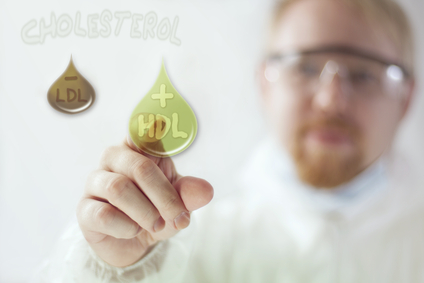 In today’s world, it can be very difficult to eat right, focus on your dietary intake and live an overall healthy life. Unfortunately, this can be tied directly into the higher incidence of migraine that is noted in industrialized nations, like America. Skipping meals, eating unhealthy and the availability of junk food has been confirmed to be the reason for the horrible throbbing in your head.
In today’s world, it can be very difficult to eat right, focus on your dietary intake and live an overall healthy life. Unfortunately, this can be tied directly into the higher incidence of migraine that is noted in industrialized nations, like America. Skipping meals, eating unhealthy and the availability of junk food has been confirmed to be the reason for the horrible throbbing in your head.
We all know that skipping meals and eating on an irregular schedule can cause health problems later in life. What most people didn’t know is that this behavior is also associated with immediate health problems, like migraines.
How Irregular Meals Cause Your Migraines
Fluctuations in blood sugar are typically associated with diabetics. The truth is, every human has blood sugar fluctuations throughout the day. In those who are predisposed to developing migraines, the slight fluctuation of blood sugar can actually be all you need to trigger a migraine.
The best way to prevent this type of migraine is to schedule your meal times and your bed time. This will allow you an even amount of space between meals and snacks and give you better control over how much your blood sugar fluctuates throughout the day.
How Eating Junk Food Causes Your Migraines
We eat junk food because it was chemically designed to be delicious. Unfortunately, junk food also causes a massive raise in our blood sugar that fades rather quickly. Ingesting sugar laden junk food, or junk food that is filled with carbohydrates has a roller coaster effect on our bodies. Our blood sugar goes up rather quickly and then a short time later, it plummets back to normal or below normal.
The human body was not designed to respond to rapid changes of this nature. Because of this, the entire body responds, including the blood vessels. When blood sugar drops rapidly, blood vessels constrict and limit blood flow. Constricted blood vessels can cause a headache but these vessels cannot stay constricted for a long period of time without reducing blood flow to dangerous levels.
When the blood vessels are constricted, the brains ends out a message that they need to open back up and that the tissues in the affected area need more blood. When the blood vessels open, a migraine is triggered because yet again, the body is not set up to handle this rapid change.
Preventing Migraines
If you have noticed that your migraines are triggered by certain foods, not eating on a regular basis, or skipping meals, putting yourself on a schedule can be very beneficial. You can do so by planning your meals, the times you are going to eat, eating healthy meals, and having a healthy snack when you feel hungry.
You should also monitor your intake of sugar and carbohydrates to maintain a healthy blood sugar. When planning your meals, remember to look at more than just the sugar content. Carbohydrates turn into sugar in the digestion process and can have the same effects on your body.
Enjoyed this article? Try reading these as well . . .
3 Pill-less Remedies for Migraine Headaches
What Are Your Migraine Triggers? And How to Avoid Them
5 Yoga Poses for Migraine Headaches


